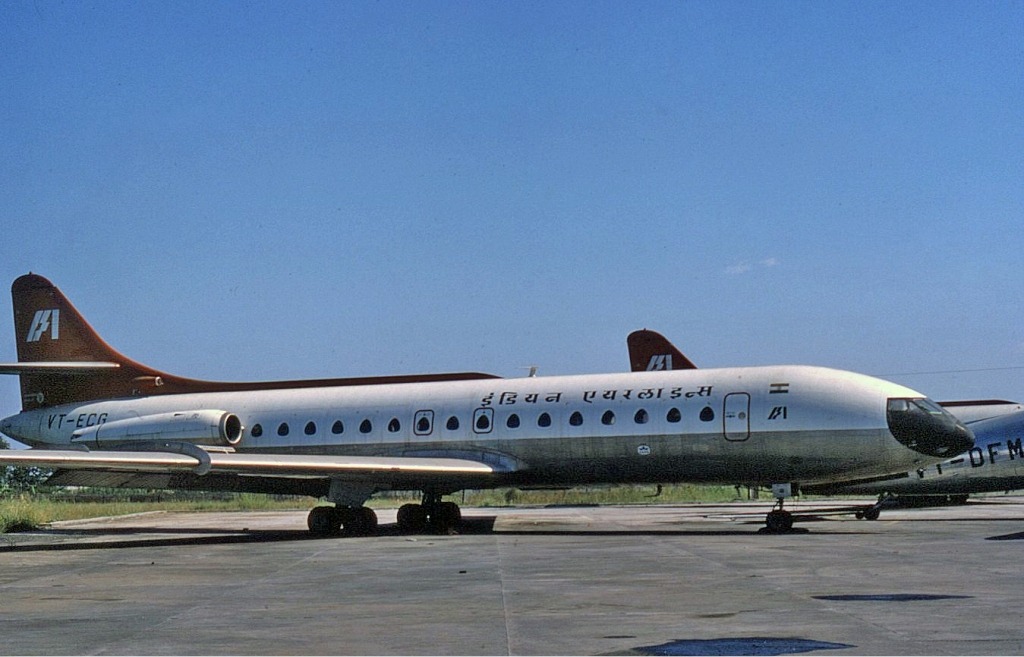 Image Source: Wikipedia
Image Source: Wikipedia
Investigators are zeroing in on a possible dual engine failure and premature activation of the Boeing 787’s emergency power system as key factors in the Air India AI-171 crash, which claimed 241 lives shortly after takeoff from Ahmedabad. According to a Wall Street Journal report, the aircraft’s emergency power unit (APU) may have been active before liftoff—an anomaly that could signal electrical system failure or engine control disruption.
The black boxes have been recovered, and early data suggests the engines may not have been producing full thrust at impact. Experts are also examining whether flap misconfiguration, fuel contamination, or pilot error played a role. The crash occurred just 30 seconds after takeoff, with the aircraft reaching only 625 feet before plummeting into a residential area.
Key Highlights:
-
Emergency power system active pre-takeoff, raising red flags about electrical or engine issues
-
Investigators probing dual engine failure, a rare but catastrophic event2
-
Black boxes recovered, analysis underway to decode cockpit audio and flight data
-
US, UK, and Indian agencies involved, per ICAO protocols
-
DGCA orders enhanced checks on all Air India Dreamliners with GE engines
-
No official cause confirmed yet, but early clues point to a complex systems failure
Sources: WSJ via Reuters, Times of India, News18, Indian Express, MSN/TOI
Advertisement
Advertisement







